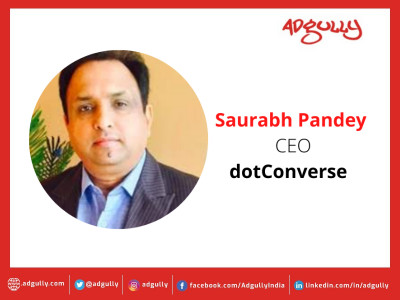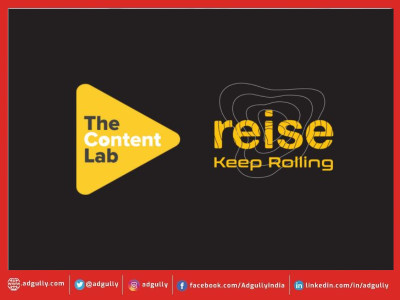4 Pillars of Successful Martech And Why it Matters
Authored by Saurabh Pandey, CEO, dotConverse
More than the choice, martech has become a necessity in every organization as organizations are seeing this investment as an opportunity.
For the unversed, ‘MarTech’ indicatively blends marketing and technology. It refers to the employment of MarTech tools and technologies by marketers to plan, execute and measure their campaigns. It’s an umbrella term to describe the automation and management of marketing processes.
It helps marketers work smarter by using automation, personalization, and segmentation to increase relevancy. It gets done faster, provides insights into lead and customer behavior, and proves ROI for marketing spend.
As a result, various types of martech tools are at digital marketers’ disposal, depending on the specific marketing process one is addressing. For example, Customer Relationship Management (CRM), a martech tool or application is used for storing and managing customer data. It’s an approach that helps businesses improve existing customer relationships and acquire new customers faster. Similarly, analytics tools help gain actionable insights from customer behavior data or marketing automation to integrate and automate tasks such as email outreach, social content scheduling, posting, etc. Meanwhile, Digital Asset Management (DAM), is where your content is aggregated and managed. Having a single centralized resource for managing a large volume of digital assets is one step to ensuring marketing efficiency and effectiveness.
The best part about martech tools is that they generally are created as no-code tools to enable non-technical marketing teams to leverage technological efficiencies.
But it’s important to deep dive into the pillars of Martech that ensures efficiency
Automation & Orchestration
Automation helps marketing teams deliver personalized, relevant marketing messages at scale. Having the right Marketing Automation Platform helps you create workflows real-time that run 24X7, segment audiences based on their behavior, track customer activity and publish your marketing messages via landing pages, emails, web content, and more.
Orchestration helps execute all these tasks in an integrated and staggered form. It makes sure that you, the digital marketer, are getting the most out of your intent and engagement data. It brings more intuitiveness and integration to automation, and hence critical for any martech tool to perform to its fullest potential.
Journey-based Content Experience
Customers expect to be served in a quick and personalized manner. It’s about creating personalized content that resonates with the target audience. Marketing teams need to be very agile in terms of fulfilling this expectation. Need of the hour is multiple customized micro content journeys for the customer which can lend an interactive and personalized experience via live or automated chat interaction.
Data Analytics & Insights
Data analytics helps marketers take a peep into the customer journey, their behavior and find content preference and a way to attribute results to sources or actions. It even helps understand and measure the performance of their marketing activities. Result: it directs the focus on the channel, segment, and content that’s working best for them. In fact, data visualization in the form of funnels can quickly help comprehend the decision stages requiring immediate attention. They bring in quick insights into overall campaign efficiencies.
Sales & Marketing Bridge
The core idea behind a martech platform is to capture customer intent across journey stages and pass on these to different stakeholders. For example, complaints and queries can be routed to CRM teams and sales leads to sales teams. B2B leads take time to close and often sales teams abandon leads that were not too warm in the first instance. Marketing, on the other hand, often is late to qualify leads and pass on to sales, so by the time they reach the sales teams, leads turn cold. A good martech system should have a sales inroad into the leads console so that sales teams can quickly attend and leave their feedback. Based on the feedback the marketing can put the leads in nurture thereby triggering a good chance that some of these would convert over the midterm. On the other hand, the marketing teams will also need to validate and qualify leads faster because now the leads without any status updates are visible in the entire workflow, hence creating a back pressure on to act in time.
Having said all of the above, there is no one-size-fits-all solution in the martech world, especially with a little over 8000 solutions available.
The right foundation is about integrating multiple platforms to create a seamless, personalized experience.
DISCLAIMER: The views expressed are solely of the author and Adgully.com does not necessarily subscribe to it.

















Share
Facebook
YouTube
Tweet
Twitter
LinkedIn